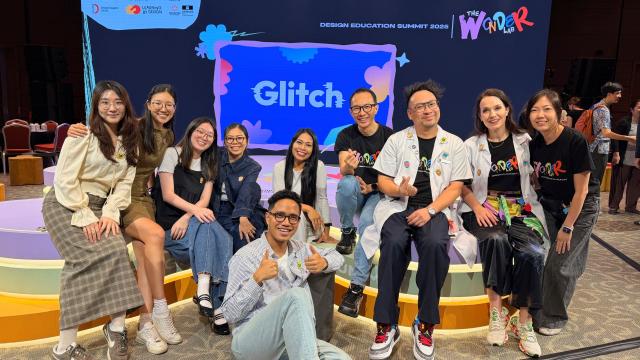Empowering fitness professionals to support stroke survivors for an inclusive fitness community.

Smiles all around as participants celebrate the campaign’s global recognition for promoting inclusive fitness (SIT Photo: Kwah Li Khim)
A public campaign led by the Singapore Institute of Technology (SIT) and the Singapore National Stroke Association (SNSA) is changing perceptions of stroke recovery – by bringing stroke survivors back into gyms, pools, and the heart of the community.
The initiative, highly commended by the World Stroke Organization in February 2025, focuses on improving access to exercise facilities and promoting inclusion through sport. It was built on the simple insight that fitness isn’t just physical; it’s social, emotional, and deeply personal.
At ActiveSG gyms across Singapore last year, fitness instructors were picking up new skills – not to push performance, but to support stroke survivors in navigating equipment safely and confidently. For many of these survivors, symptoms like one-sided weakness or slurred speech can make asking for help or adjusting machines especially daunting.
These instructors participated in a pilot training programme co-developed by SIT and SNSA – a ground-up initiative designed with stroke survivors. It aligns with the Disability Sports Masterplan 2024, a joint initiative by the Ministry of Culture, Community and Youth (MCCY) and the Enabling Sports Taskforce to improve access to inclusive fitness spaces across Singapore.
It Takes a Village
Unlike traditional training programmes, the SIT and SNSA-led training workshops were co-developed with input from stroke survivors, caregivers, healthcare professionals, and fitness experts. They were based on survey findings that exercise professionals were interested in promoting physical activity after stroke, but faced barriers such as the lack of referrals and access to stroke survivors, as well as the lack of knowledge about stroke and skills to deal with stroke survivors. The workshops were therefore designed to equip fitness professionals with the tools to support people with disabilities more confidently.
Held in October and November 2024, the campaign and workshops highlighted three key needs: public awareness, more inclusive gym environments, and smoother transitions from hospital to community-based fitness.
“Inclusive fitness is about more than access. It’s about creating a space where people feel they belong,” said Associate Professor Kwah Li Khim, Director of Programmes, Health and Social Sciences at SIT, and President of the Singapore Physiotherapy Association (SPA), who co-led the training.
President of SNSA and SIT’s Associate Professor Shamala Thilarajah, who led the programme alongside A/Prof Kwah, added: “Survivors want to regain strength and independence. Exercise professionals want to help, but they often don’t know how. Our training programme helps to bridge that gap.”
The workshops brought together stroke survivors from SNSA, fitness instructors from ActiveSG and Sport Singapore, physiotherapists from various healthcare institutions, doctors from Exercise is Medicine Singapore (EIMS) and academics from SIT. Stroke survivors were central to the process, sharing real-world insights and participating in hands-on sessions that helped build empathy and confidence.
Participants were then trained in effective communication techniques, safety considerations, and exercise adaptations for individuals with varying abilities. All participants passed a post-workshop knowledge quiz and reported feeling more prepared to support people with disabilities in fitness settings.
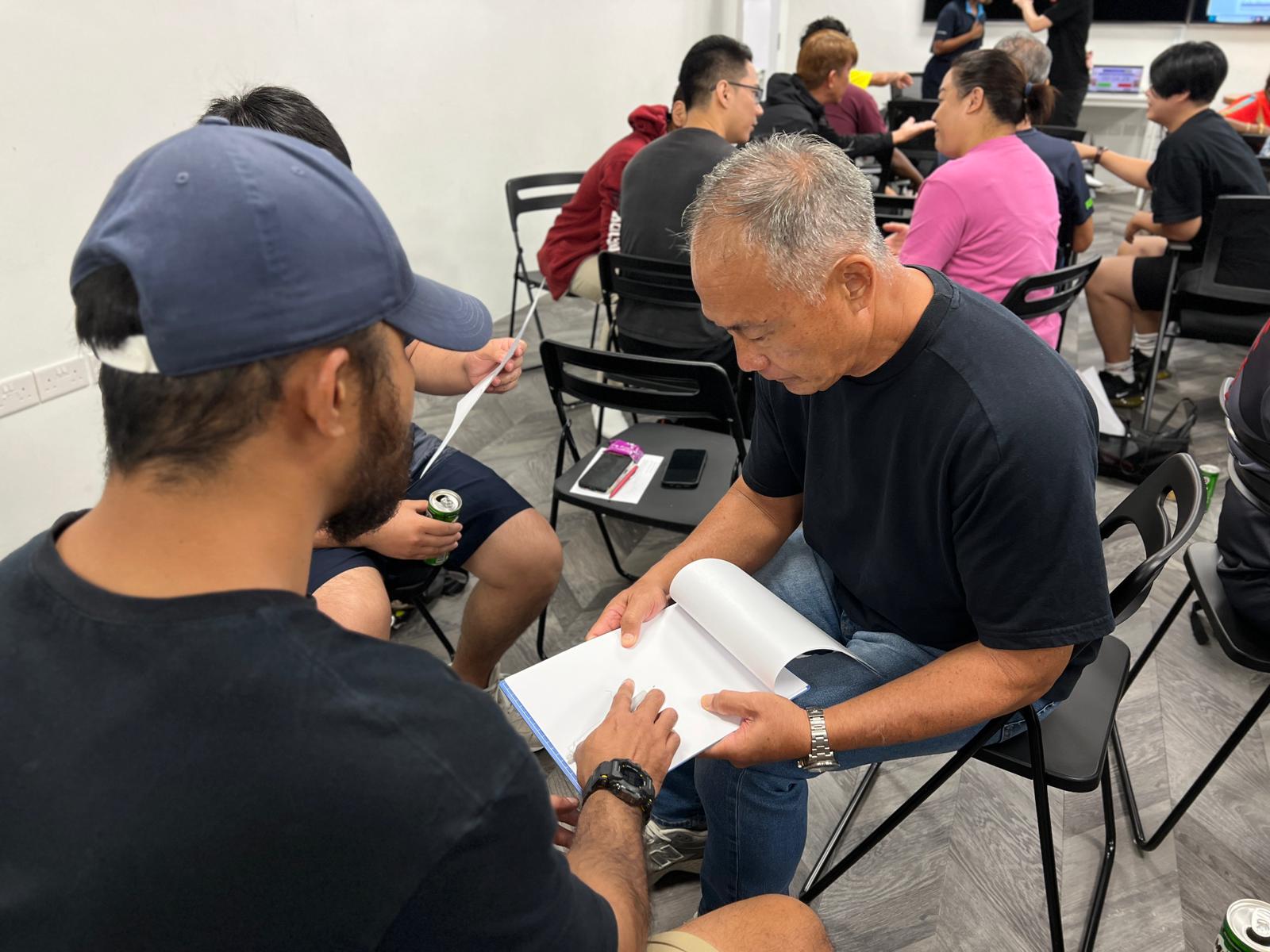
Workshops encouraged greater understanding and collaboration in building inclusive fitness spaces. (SIT Photo: Kwah Li Khim)
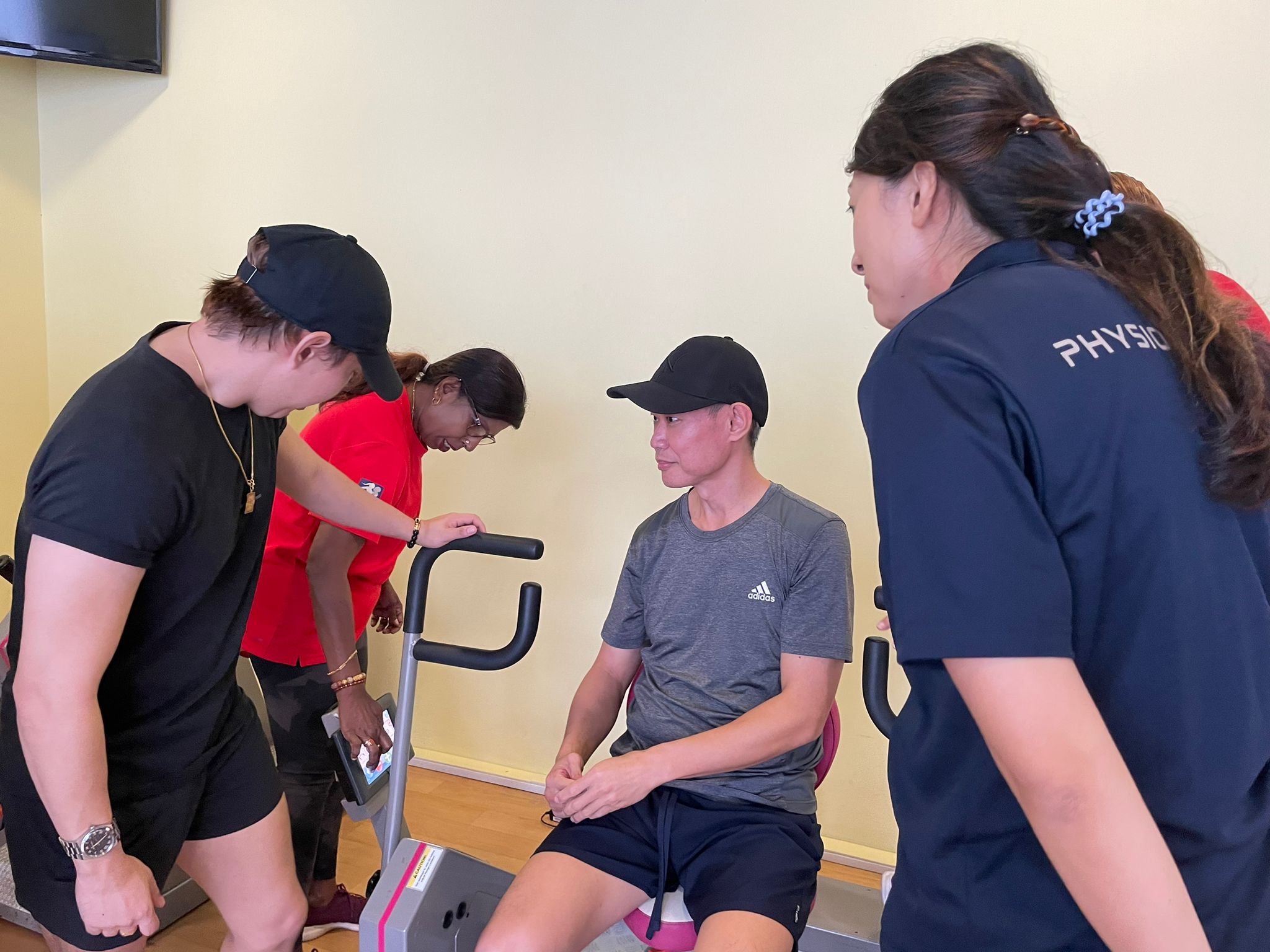
Stroke survivors trying out exercise equipment as part of the session activities. (SIT Photo: Kwah Li Khim)
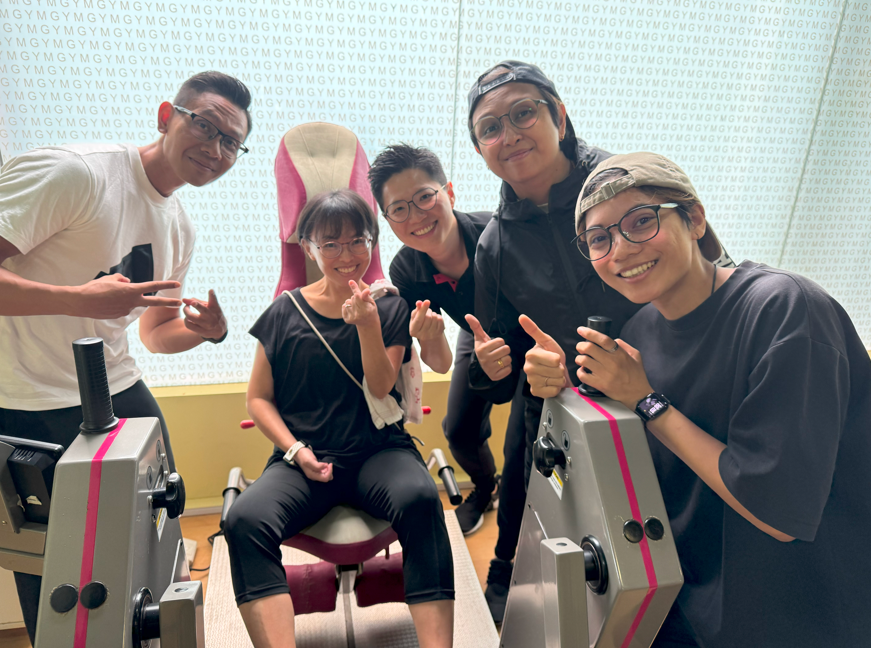
Under the guidance of A/Prof Kwah Li Khim (centre), stroke survivors took part in hands-on workshop sessions with fitness instructors, sharing real-world insights to build empathy and confidence. (SIT Photo: Kwah Li Khim)
Smashing Stereotypes through the #GreaterThan Campaign
Building on the success of the training workshops, SIT and SNSA also launched a public awareness campaign to challenge common misconceptions about sports participation after stroke.
In conjunction with World Stroke Day in October 2024, a series of posters and videos spotlighted real-life stroke survivors returning to sports like dragon boating, table tennis, and power chair football, sprang up on social media. Their stories formed part of the global #GreaterThan campaign – a social movement that reframes stroke survivors as individuals who are greater than their diagnosis.
Funded by SIT and SNSA, and supported by partners including SPA, SGH, TTSH, NUHS, CGH, S3, EIMS, and Sport Singapore, the campaign combined social media outreach with practical resources.
The SNSA website was also refreshed with exercise videos and useful resources to keep active, making it easier for survivors and caregivers to access guidance on inclusive fitness.
The goal? To make inclusive fitness not just possible, but visible.
Looking Ahead
The SIT and SNSA-led initiative exemplifies the power of interdisciplinary collaboration and community-driven impact. It also reinforces SIT’s applied learning approach, where real-world problems are addressed through partnerships, practice, and purpose.
“Looking ahead, we hope to expand the success of the campaign to more fitness spaces and community partners,” A/Prof Kwah added. “Inclusive exercise should be the norm, not the exception.”
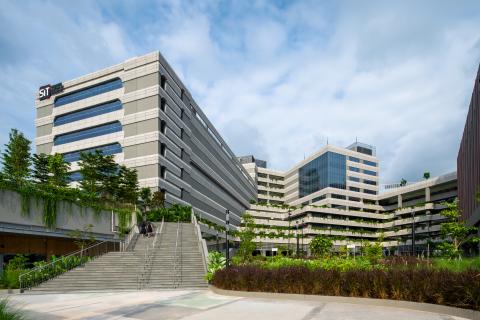
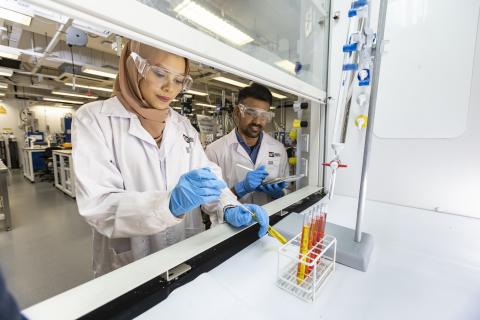

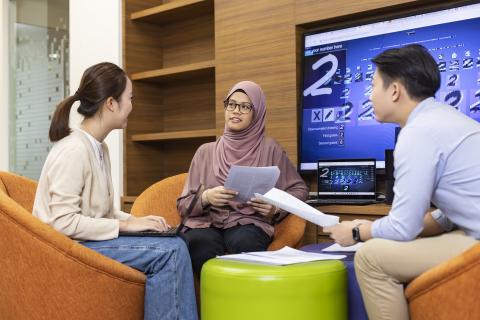


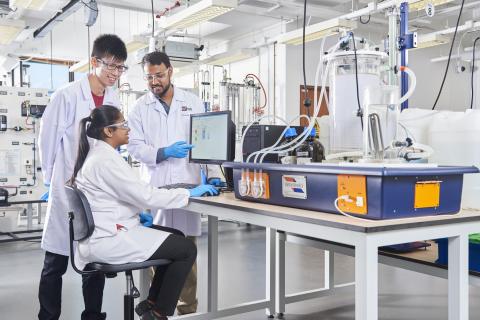
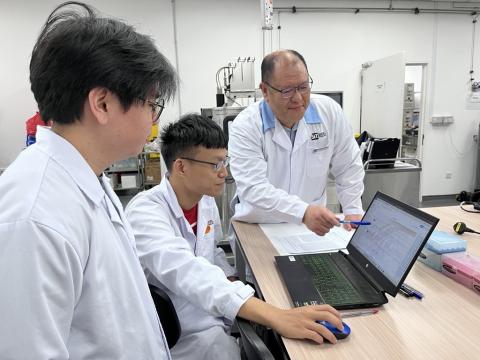
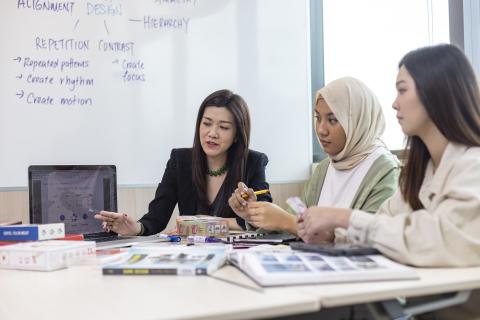

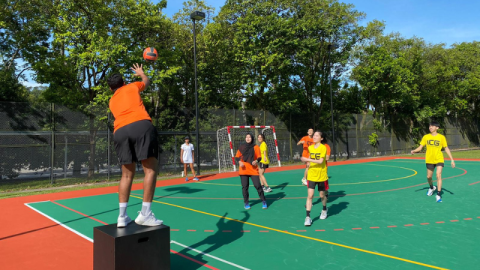

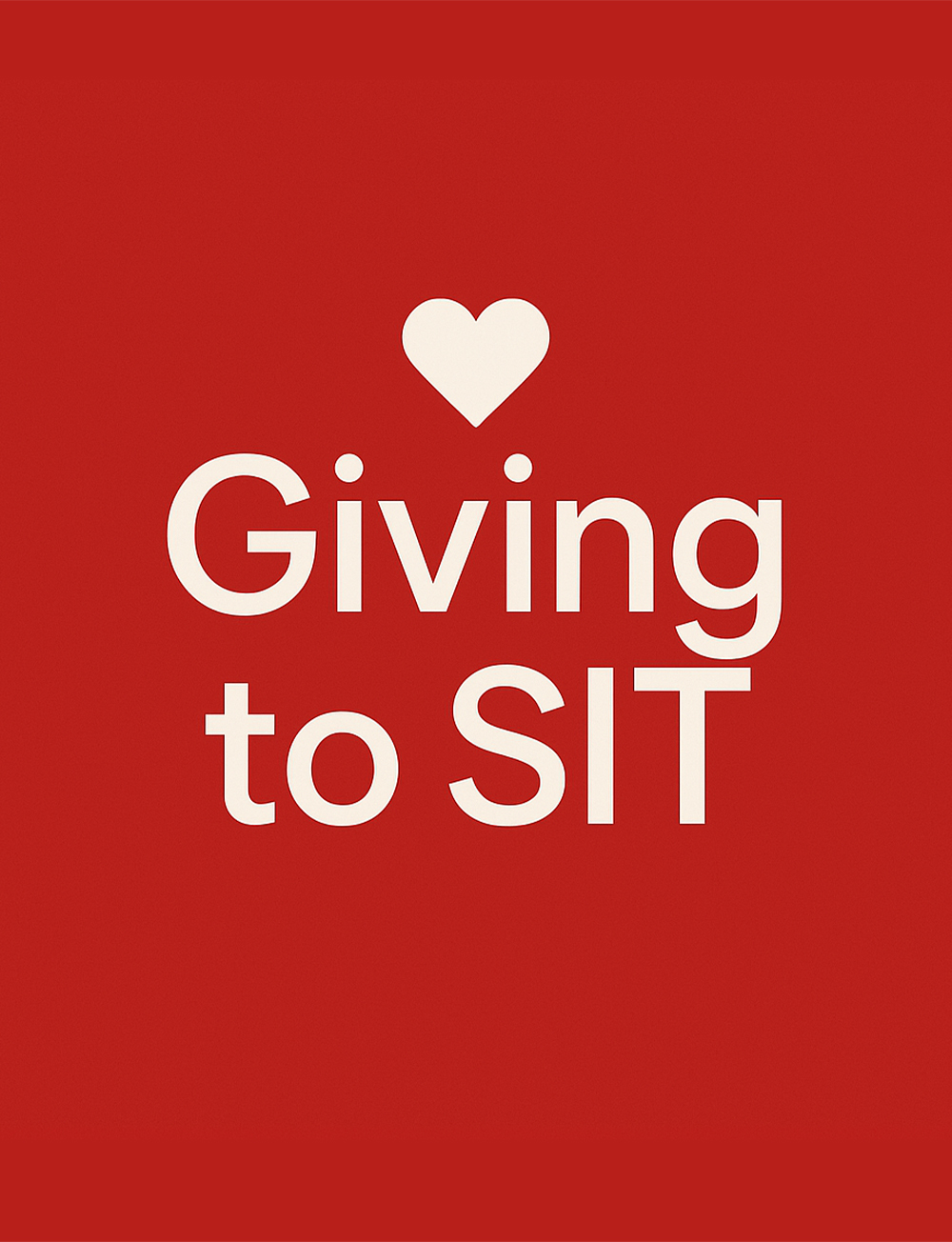


![[FA] SIT One SITizen Alumni Initiative_Web banner_1244px x 688px.jpg](/sites/default/files/2024-12/%5BFA%5D%20%20SIT%20One%20SITizen%20Alumni%20Initiative_Web%20banner_1244px%20x%20688px.jpg)
